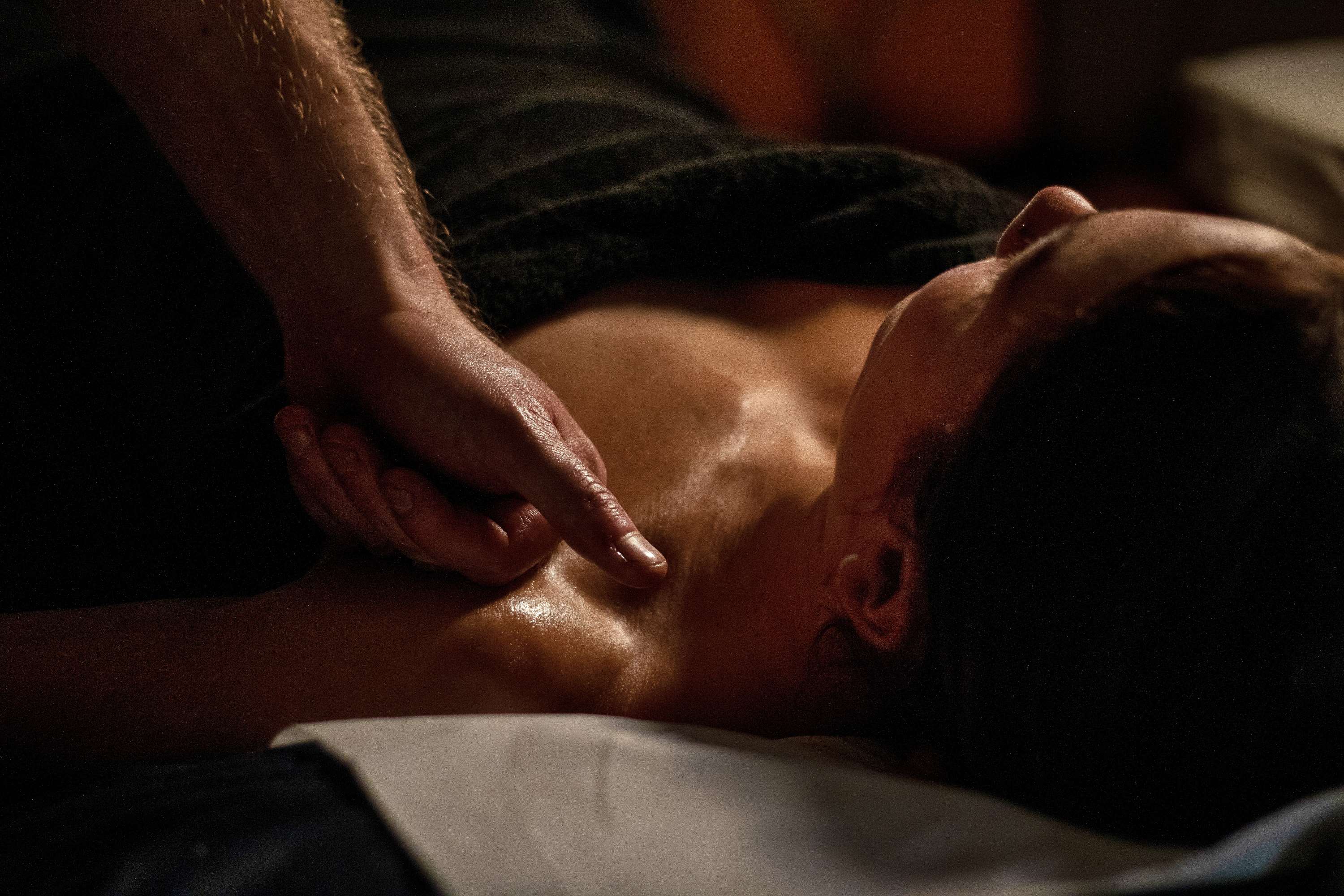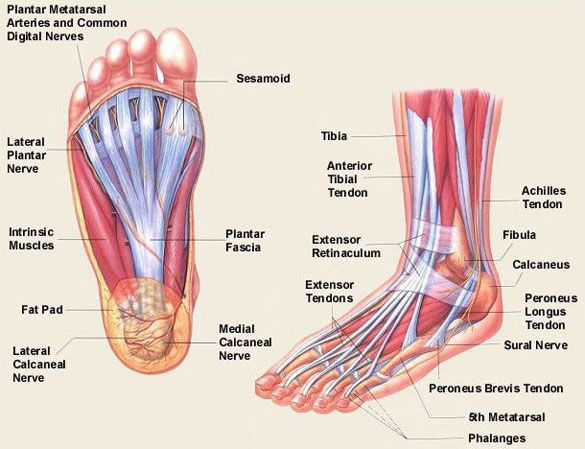Our guide to healthy hips
- Pentons Performance Therapy

- Dec 12, 2019
- 2 min read
The hips are arguably the most important joint in the body, they are responsible for lower limb movement and stabilisation. The hip joint also includes muscles such the Psoas major which connects the lower body to the upper body allowing you to flex your hips and also flex your trunk. Many sporting injuries we see in the clinic are caused by weak, tight and underactive hips and hip muscles.
The hip is a ball and socket joint meaning it allows a great deal of motion including flexion/extension of the femur, abduction and adduction of the lower leg, lateral and medial rotation of the femur. Its an incredibly strong joint allowing for a great deal of movement which is why it is so important to keep your hips healthy.
Sports such as Running, cycling, swimming and weight training utilise the hips massively so keeping them strong and mobile will not only prevent injuries but also improve performance. Unfortunately, modern day lives involve a lot of time in the seated position, this means certain muscles are locked in the same position for long periods and almost no rotation of the hip joint. External rotator muscles of the hip consist of Piriformis, Gemellus Superior, Obturator Internus, Gemeullus Inferior Quadratus femoris and Obturator Externus. Internal rotator muscles are Tensor Fasciae Latae, Gluteus Medius, gluteus Minimus, and the adductor muscles (Brevis, Longus and Magnus).
The Psoas major, although officially part of the posterior abdominal wall, plays a huge part in controlling the hips and pelvis. It originates from L1 to L4 and attaches onto the Lesser trochanter of the femur. In combination with the iliacus it makes up the Iliopsoas muscle which allows for flexion and external rotation of the thigh at the hip joint (the position of the hips when seated in a car). The upper fibres also allow flexion of the trunk at the hip joint. The Iliopsoas is an important postural muscle as, when healthy, it maintains normal lumbar lordosis (curvature of the lower spine).

The hips muscles control the biomechanics of the lower leg, some of the most common knee injuries we see in the clinic are because of weak/shortened Abductor muscles at the hip (Tensor Fasciae Latae, Gluteus Medius and Minimus). Due to their origins coming from the Ilium (hip bone) the hip abductors also play an important role in pelvic alignment. Pelvic imbalances can make it feel as though one leg is longer, which can lead to pain in the hips, Lower back and knees. In the example below the right hip is tight causing it to be pulled up whilst pulling the upper body and shoulder of the same side down.

A majority of our treatments include work around the hips, to ease tension and improve/restore healthy muscle function and mobility. Often injuries are as a direct result of tight/weak hips or poor mobility. Below are our top 6 favourite exercises to keep hips healthy, mobile and strong!
If you want to know more about your hips or have been struggling get in contact to see how we can help.
Or if you would like to book yourself in for a treatment book now






















Comments